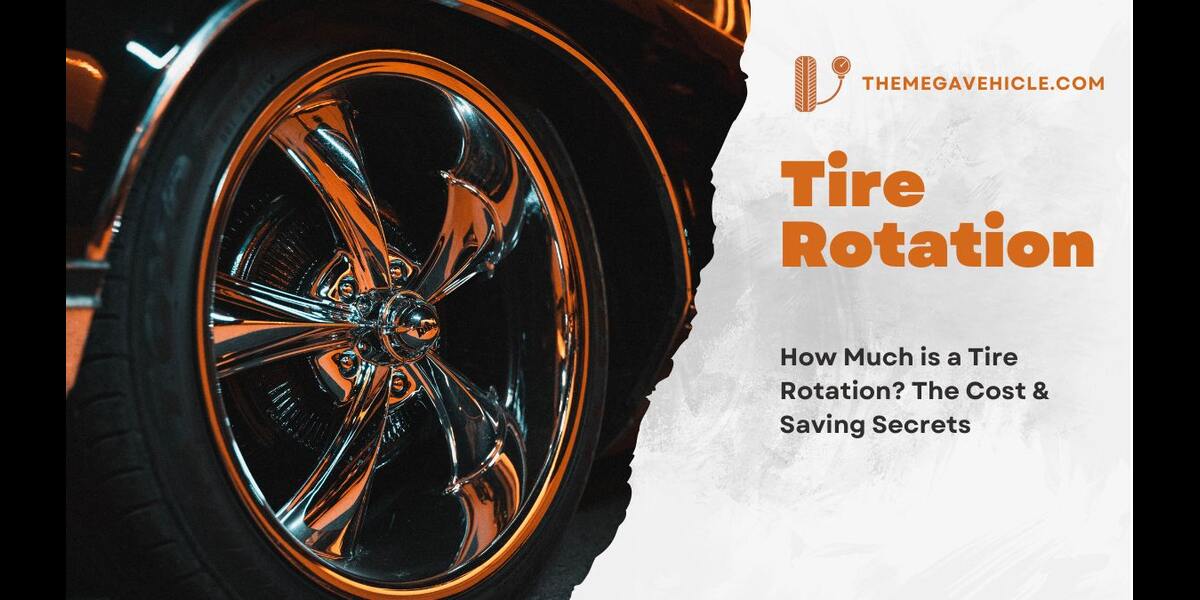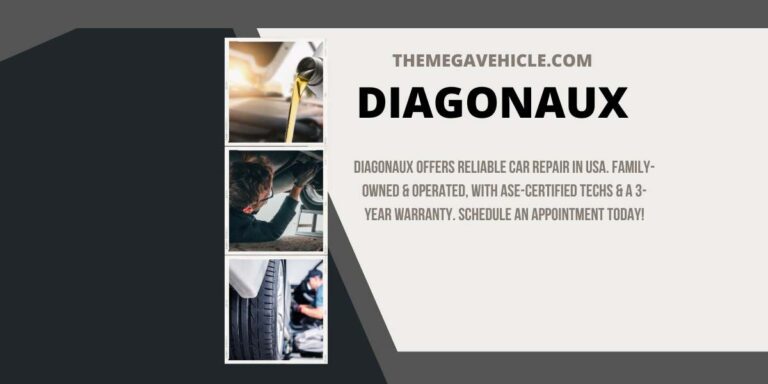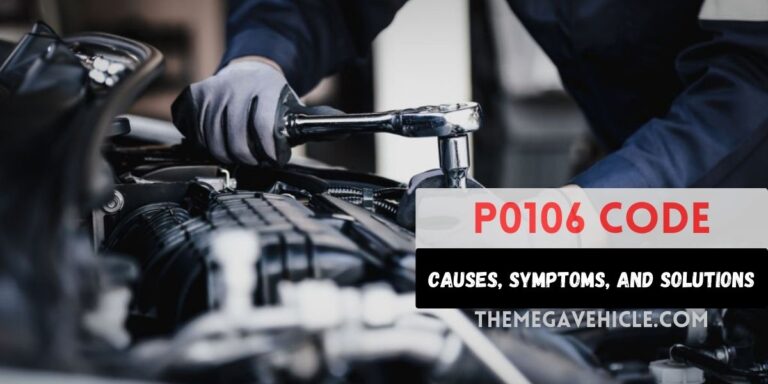How Much is a Tire Rotation? The Cost & Saving Secrets

I. What is Tire Rotation and Why is it Important?
Tire rotation involves systematically moving your tires from one position on your vehicle to another. This ensures all tires experience different wear patterns, helping them wear evenly and maximize their lifespan. The specific rotation pattern depends on your vehicle’s drivetrain (front-wheel, rear-wheel, or all-wheel drive), but typically involves swapping positions diagonally or front-to-back.
Tire rotation is an often overlooked, yet crucial part of routine car maintenance. It involves systematically shifting your tires from one position on your vehicle to another, ensuring each tire experiences different wear patterns. This simple process delivers a surprising number of benefits for your car’s performance, safety, and your wallet.
1. Benefits of Regular Tire Rotation
- Extended Tire Life: The primary advantage is significantly longer tire life. Imagine your tires like four shoes you wear constantly. Without rotation, the same areas (front-facing treads for front tires) experience the most wear, leading to faster tread loss and premature replacement. Rotation distributes wear more evenly, maximizing the lifespan of each tire and potentially saving you hundreds of dollars down the line. Studies suggest proper rotations can add 20-30% more mileage to your tires.
- Improved Fuel Efficiency: Did you know properly inflated and evenly worn tires roll more smoothly? This translates to reduced rolling resistance, which directly impacts fuel efficiency. Remember, your car’s engine expends more energy to overcome rolling resistance from worn or uneven tires. Regular rotations ensure optimal tire performance, potentially leading to noticeable fuel savings, especially for high-mileage drivers.
- Enhanced Handling and Performance: Think of tires as your car’s connection to the road. When they’re evenly worn, they provide better grip and control, leading to improved handling, braking performance, and overall driving stability. Uneven wear can cause vibrations, pulling, and reduced responsiveness, compromising your driving experience and potentially creating safety hazards. Regular rotations ensure smooth, predictable handling, allowing you to navigate turns, brake effectively, and maintain control with confidence.
- Reduced Risk of Accidents: One of the biggest dangers of neglecting rotations is the increased risk of accidents due to uneven wear. Worn-out areas on tires can lead to blowouts, especially at higher speeds. These sudden tire failures can cause loss of control, potentially resulting in serious accidents. Regular rotations minimize this risk by ensuring your tires wear evenly and maintain their structural integrity, contributing to safer driving for you and others on the road.
2. The Dangers of Neglecting Tire Rotation
Skipping tire rotations can have several negative consequences that go beyond just needing to replace tires sooner:
- Premature Tire Wear: As mentioned earlier, uneven wear leads to faster tread loss, requiring more frequent tire replacements and increasing your overall tire costs.
- Reduced Fuel Economy: The increased rolling resistance from unevenly worn tires translates to lower fuel efficiency, impacting your wallet at every fill-up.
- Compromised Handling and Safety: Uneven wear can affect your car’s handling and braking performance, increasing the risk of accidents and compromising safety.
- Uneven Suspension Wear: Unbalanced wear on your tires can put undue stress on your suspension system, leading to premature wear and tear on its components and potentially requiring costly repairs.
While “how much is a tire rotation” is certainly important, remember that the real value lies in the numerous benefits it provides for your car’s performance, safety, and your long-term financial well-being. By prioritizing regular tire rotations, you can ensure your tires wear evenly, last longer, contribute to a safer and more efficient driving experience, and ultimately save money in the long run.
II. How Often Should You Rotate Your Tires? – A Guide to Keeping Your Ride Safe and Smooth
Keeping your tires in tip-top shape isn’t just about avoiding that dreaded “thump-thump-thump” sound as you drive down the road. It’s about safety, performance, and – you guessed it – saving money! But when it comes to tire rotation, the question of “how often?” can be confusing. Fear not, fellow driver, for this guide will unravel the mystery and help you determine the perfect rotation schedule for your car.
1. The General Rule of Thumb
Most vehicles under normal driving conditions enjoy smooth rotations every 5,000-7,500 miles or every six months, whichever comes first. Think of it like taking your car to the gym – regular maintenance keeps things running smoothly.
But Hold On, There’s More:
Just like athletes train differently, some driving situations require more frequent rotations. If you find yourself in any of these categories, consider upping your rotation game:
- Towing Trailers: You’re basically giving your car an extra workout, so rotations every 3,000-5,000 miles are recommended.
- Rough Road Warrior: Gravel, potholes, and bumpy backroads can wreak havoc on tires. Consider rotations every 3,000-5,000 miles to combat uneven wear.
- Extreme Weather Warriors: Whether you’re battling scorching summers or icy winters, these extremes can affect tire performance. Rotate every 3,000-5,000 miles for optimal safety.
2. All-Wheel Drive (AWD) Drivers, Take Note
Your complex drivetrain deserves special attention. Rotate your AWD tires every 3,000-5,000 miles, regardless of driving conditions. This ensures even wear and tear across all four wheels, keeping your AWD system happy.
But Don’t Just Rely on Mileage:
Think of your tires like shoes you wear every day. Even if you haven’t hit the mileage mark, visually inspect them regularly for signs of uneven wear, bald spots, or damage. These are red flags that scream “rotate me now!” Don’t forget alignment – misaligned tires wear faster and require more frequent rotations.
Beyond the Basics:
- Combine Rotations with Oil Changes: Many service stations offer package deals, saving you time and money.
- Get a Tire Wellness Check: During rotations, have your mechanic inspect for alignment issues and overall tire health.
- Maintain Proper Inflation: Properly inflated tires improve fuel efficiency and wear evenly, reducing the need for frequent rotations.
Remember: Consistent tire rotations are an investment in your car’s performance, safety, and your wallet. By understanding the factors involved and adhering to a personalized rotation schedule, you can keep your tires happy and your car rolling smoothly for miles to come. So, don’t neglect those rotations – your car and your bank account will thank you!
Also Read: How to Let Air Out of Tires: A Step-by-Step Guide
III. How Much is a Tire Rotation? The Mystery of Rotation Costs
Keeping your tires rolling smoothly and safely requires regular rotations, but the associated cost can vary depending on several factors. This guide will help you navigate the price maze and find the best value for your needs:
- The National Average Snapshot:
The average tire rotation across the US hovers between $24 and $50. However, this is just a starting point, not the finish line. Here’s where things can differ:
- Shop Showdown: Where Does Your Budget Lie?
- Dealerships: Convenience comes at a premium. Brand-specific service fees and higher overhead often translate to costs ranging from $40 to $70. You’re paying for the dealership’s expertise and brand association.
- Independent Mechanics: Your budget-friendly champions! Lower overhead translates to competitive rates, typically between $25 and $50. You’re getting quality service without the brand premium.
- National Chain Repair Shops: Consistency has its price. While offering predictable pricing across locations, expect costs around $35 to $60. You’re paying for the standardization and brand recognition.
- Vehicle Type: Size Matters!
- SUVs and Trucks: Expect to pay slightly more due to larger tire size and potentially different rotation patterns. Costs can range from $35 to $70, depending on the shop and vehicle specifics.
- Cars: You’ll likely land closer to the lower end of the cost range due to smaller tires and simpler processes. Expect costs between $20 and $50, depending on the shop and vehicle specifics.
- Location, Location, Location:
Living in an area with a higher cost of living? Brace yourself for slightly higher tire rotation costs. Local service costs can vary, so research in your area to get the most accurate picture.
- Additional Service Toppings:
Think of these as optional add-ons that can influence the cost:
- Tire Balancing: Often bundled with rotations, it ensures even weight distribution, contributing to a smoother ride and longer tire life. Expect this to add $15-$30 to the price.
- Valve Stem Replacement: Worn or damaged valve stems need replacing during rotations. This adds $5-$10 to the total price, but remember, safety first!
- Disposal Fees: Some shops charge for responsibly disposing of your old tires. Factor this into your budget when comparing prices.
IV. Saving Money on Tire Rotations: Smart Strategies for Your Wallet
Now, who doesn’t love a good deal? Here are some tips to help you save on your next tire rotation:
1. Coupon Crusader: Don’t be shy to hunt for coupons and discounts! Many shops offer promotions, especially during off-season periods or through online deals. Browse websites, social media pages, and even ask the shop directly.
2. Package Power: Combining your tire rotation with other routine maintenance like an oil change can often unlock package discounts. This can be a smart way to save on both services.
3. Bundle Up with Scheduled Appointments: If you’re already taking your car in for another service, such as an oil change or brake check, inquire about bundling the tire rotation at a discounted rate.
4. DIY Rotation (But Proceed with Caution): If you’re comfortable with basic car maintenance and have the necessary tools and knowledge, rotating your tires yourself can significantly reduce the cost. However, ensure you have the proper technique and equipment to avoid any safety hazards. Remember, your car’s safety is paramount.
Remember:
While cost is important, prioritizing quality service and qualified professionals is crucial for your vehicle’s safety and tire health. Don’t compromise safety for the sake of a few dollars.
Investing in regular, professional tire rotations is an investment in your car’s performance, longevity, and ultimately, your safety. By understanding the cost factors and exploring savings opportunities, you can ensure your tires stay healthy and your wallet happy. Now, go forth and conquer the road with confidence!
Also Read: How to Check Tire Pressure on Toyota App?
V. Additional Considerations: Your Guide to Smooth Rotations
Spare Tire Rotation: While not always necessary, rotating your spare tire with the rest can extend its lifespan and ensure it’s ready when needed. Check your vehicle’s owner’s manual for specific instructions.
Signs You Need a Rotation: Uneven tire wear, vibrations while driving, pulling to one side, or a “thump-thump-thump” sound can indicate a needed rotation. Don’t wait for symptoms – stick to your recommended schedule.
Scam Alert: Be wary of shops that:
- Pressure you to replace unnecessary parts. Only agree to replacements if they’re truly needed and align with your budget.
- Quote a low price upfront, then add hidden fees later. Ask for a detailed breakdown of all costs before agreeing to any service.
- Recommend unnecessary services like “nitrogen inflation.” Research and understand what’s truly beneficial for your car before accepting additional services.
Remember: Trust your gut! If something feels off, seek a second opinion from a reputable mechanic.
Bonus Tip: Consider asking about lifetime tire rotations offered by some dealerships or tire shops. While they may come with upfront costs, they can save you money in the long run, especially if you drive frequently or have multiple vehicles.
By understanding these additional factors and staying vigilant against potential scams, you can ensure your tire rotations are safe, effective, and budget-friendly. Happy driving!
VI. Conclusion: Keeping Your Tires (and Wallet) Rolling Smoothly
Regular tire rotations aren’t just a maintenance chore – they’re an investment in your safety, performance, and even your wallet. By ensuring even wear and tear across all tires, you extend their lifespan, improve handling, and avoid costly replacements down the line.
Remember, the national average cost for a tire rotation falls between $24 and $50, but various factors can influence the price. Utilize the tips you learned: compare prices, hunt for coupons, bundle services, and consider DIY (if skilled) to find the best value for your needs.
Don’t let the cost deter you from regular rotations. Remember, neglecting them can lead to premature tire wear, safety hazards, and ultimately, higher costs in the long run. Invest in your car’s health and your peace of mind with consistent, professional tire rotations. Now, hit the road with confidence, knowing your tires are ready for any adventure!






